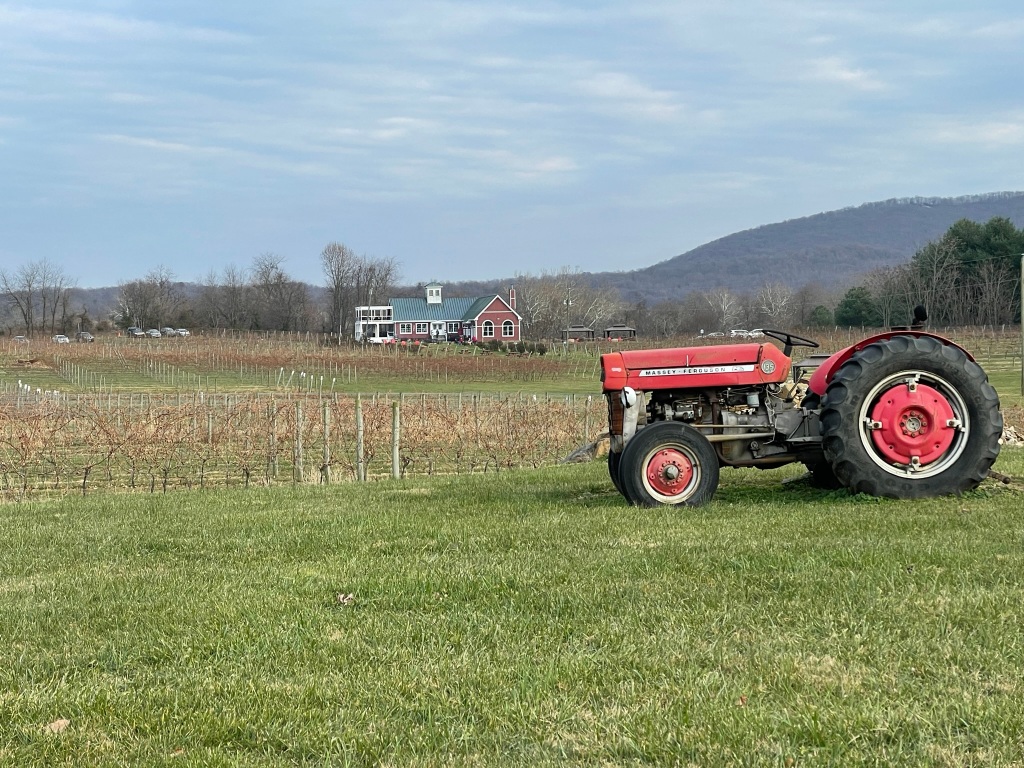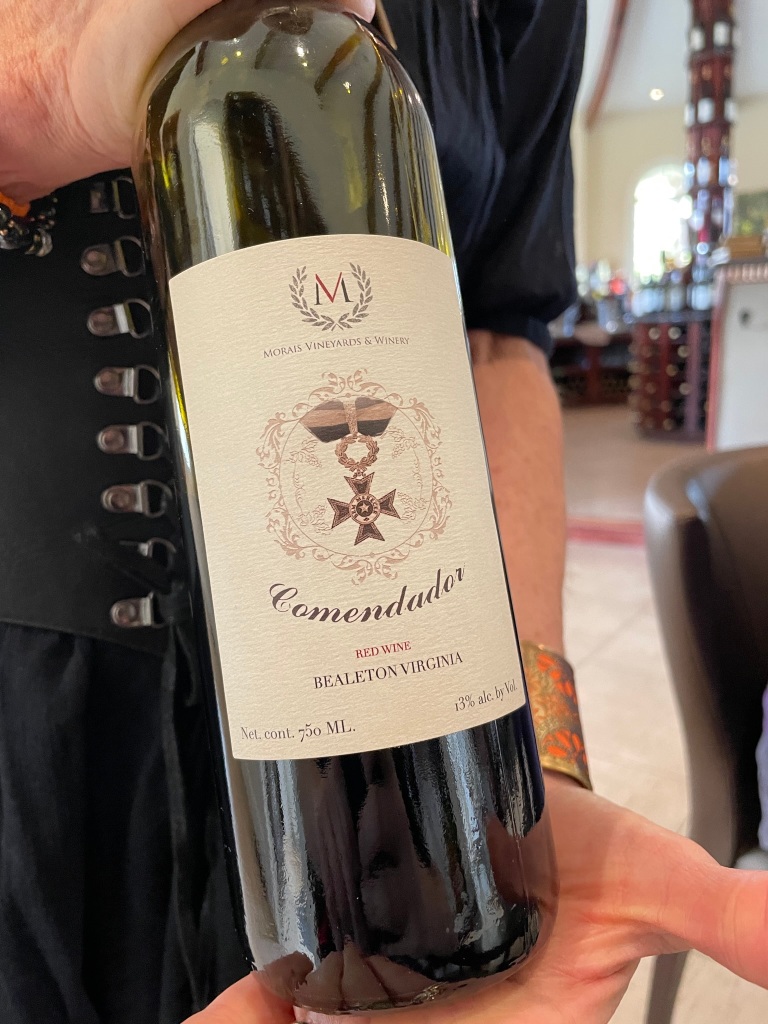A few weeks ago I had the chance to meet Seidah Armstrong, winemaker and owner of Sweet Vines Farm. Sweet Vines hadn’t opened yet, but Seidah was kind enough to let me visit on a Friday before their first big weekend so we could chat before things got crazy.

Family history is important here and it influences many aspects of her business. Seidah loves to tell the story of how she is a 3rd generation winemaker, going back to her maternal great-grandmother and maternal great-great grandmother. Seidah planted Muscadine in tribute to these women, both of whom made wine using this grape.


Although Seidah’s background is in the field of education, she caught the wine-bug in 2009 and started making wine on her own. But a few years ago this hobby turned into a calling, so she and her husband started searching for property to pursue winemaking full-time.
“I didn’t find this place – it found me” Seidah explained while we toured the farm. The main building is a former residence she and her family turned into a tasting room. Outside you’ll find a gigantic chess board and fire pit ready for visitors. We spent a lot of time chatting at the Ancestors Garden. Saying the farm is warm and adorable is an understatement.


Sweet Vines sources grapes from the former Oakcrest winery, but they have 1 acre planted here with 3 more on the way. In keeping with family tradition, these vines include plantings of Muscadine, her ‘ancestor’ grape. But not all of Seidah’s wine will come from grapes; Sweet Vines also has several fruit-based wines.
Part of Sweet Vine’s story is how Seidah is breaking new ground in the Virginia wine industry; out of the state’s 300 or so establishments she is one of the very few people of color to own a vineyard-winery, and is likely Virginia’s only Black, female winemaker. It’s an important story to tell given the black community is vastly underrepresented in the overall American wine industry.
At the same time, Seidah’s background is irrelevant to her winemaking. The two of us tasted through her lineup and the wine is worth your time. So whether you want to toast to Seidah making history or you just want to kick back and enjoy a tasty beverage, you should definitely visit.


Sweet Vine wines that we tried:
- “Pearolicious”: A pear wine that while dry had a “fruit sweet” quality to it. Probably my favorite of the day.
- “Summer Evening”: Strawberry-lavender wine. Heavy on lavender, grown on the property.
- Chardonnay: California fruit; had a nutty quality to the flavor.
- “Typo”: Dessert wine with lots of notes of cinnamon. It was 15% alcohol but doesn’t seem like it at all.
- “Ancestor”: Sweet-flavored Muscadine wine.














































